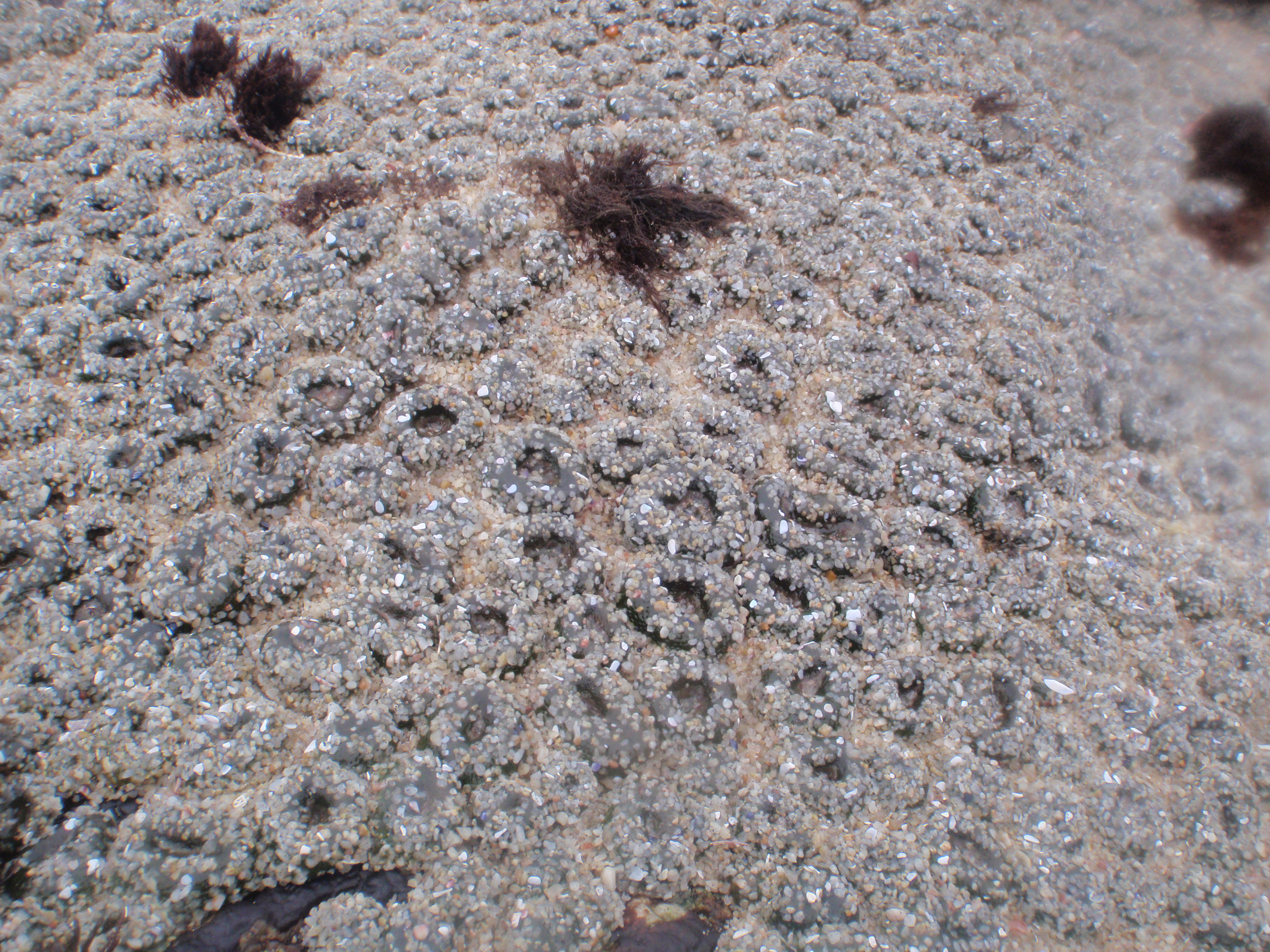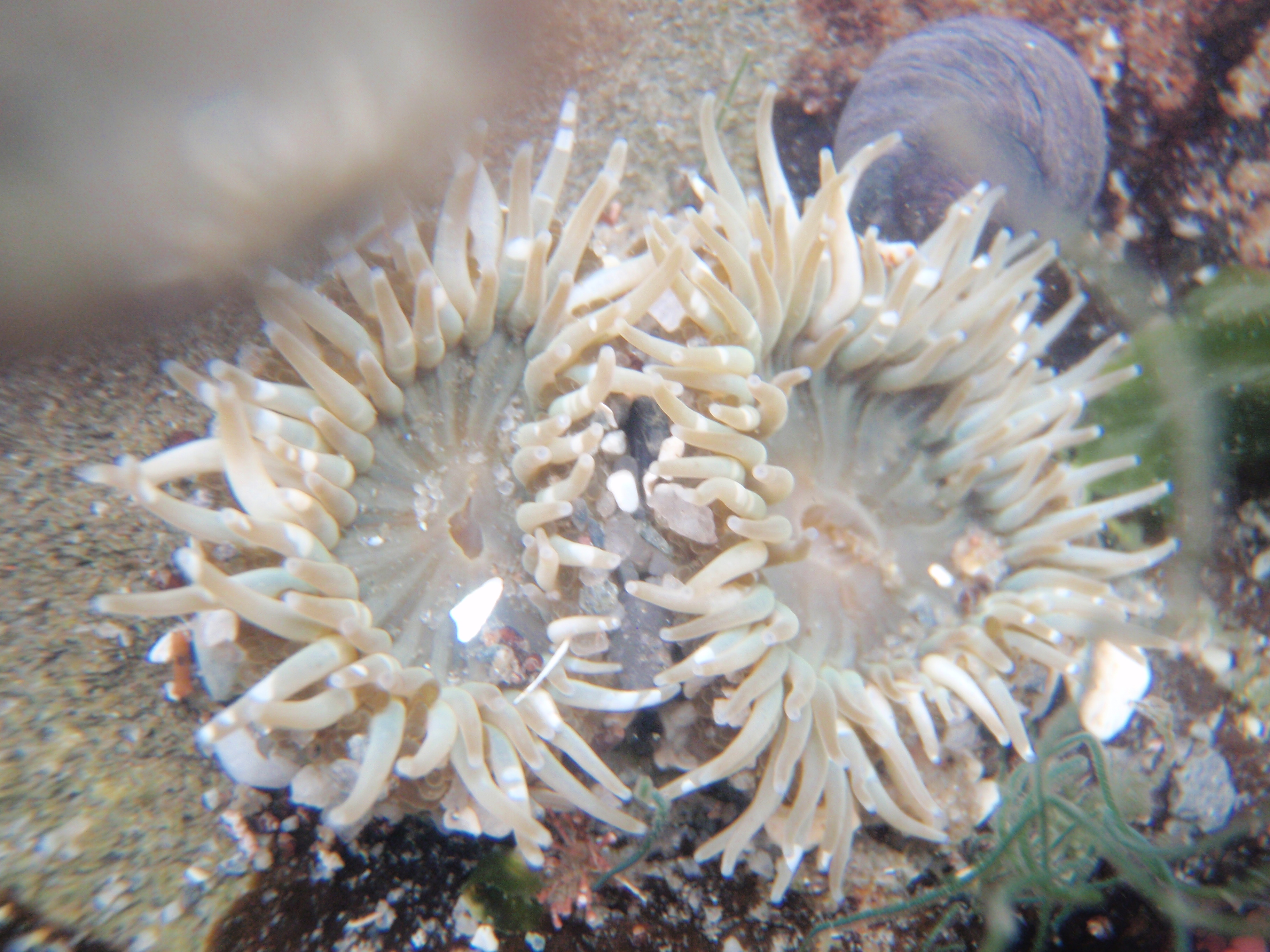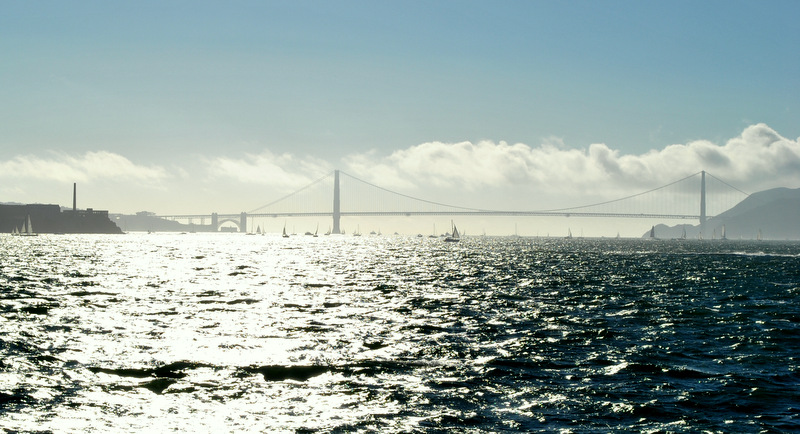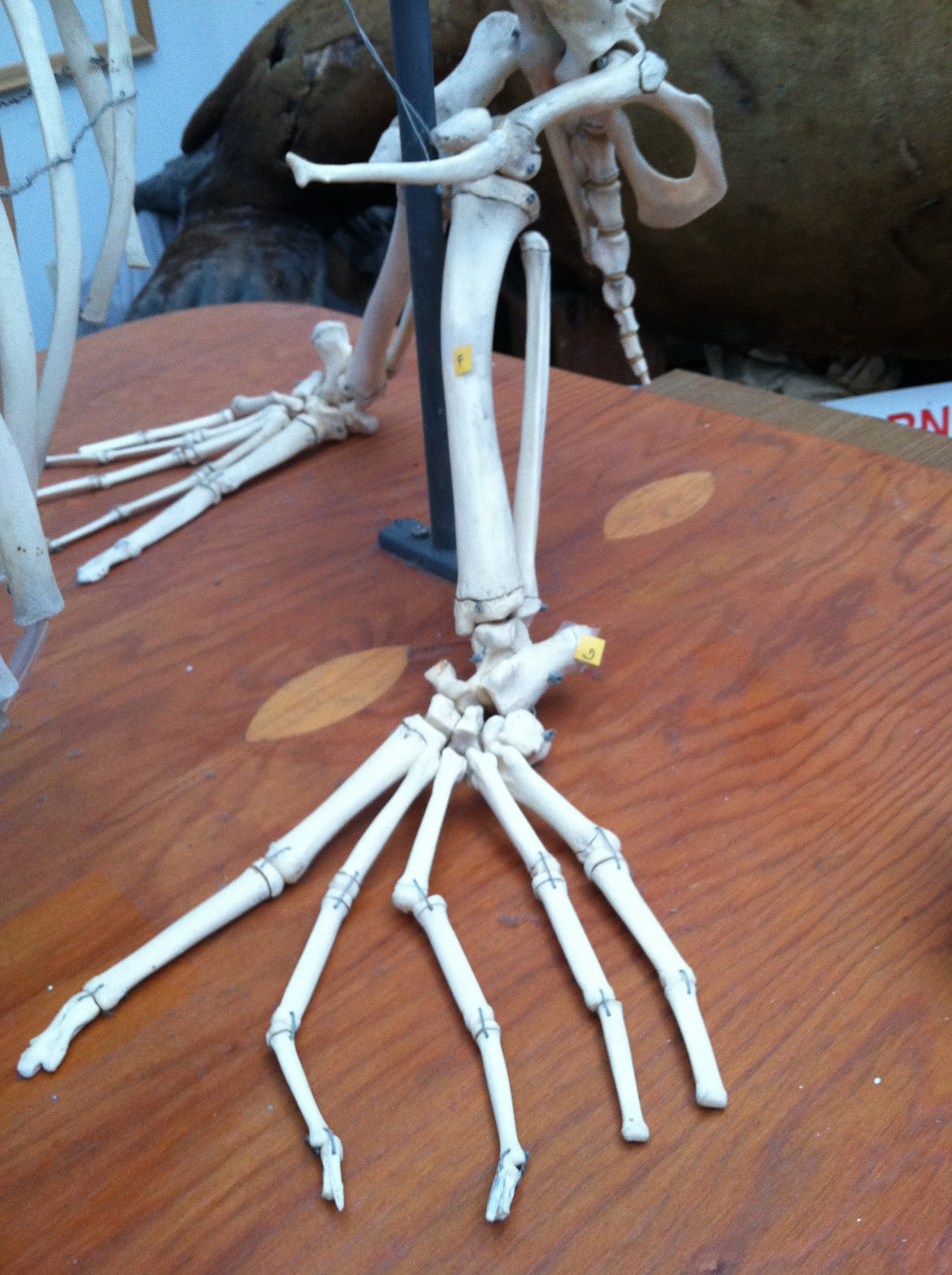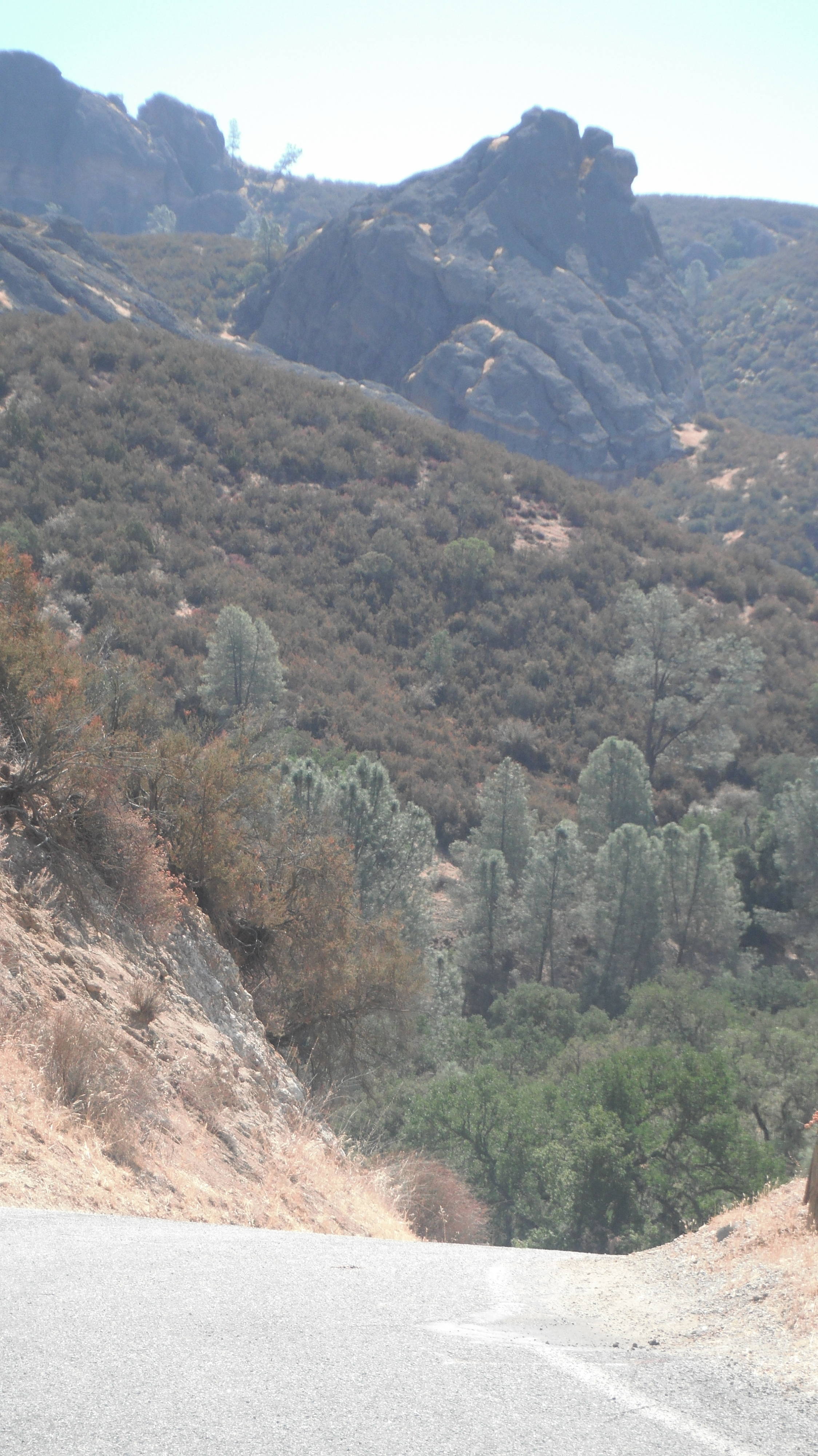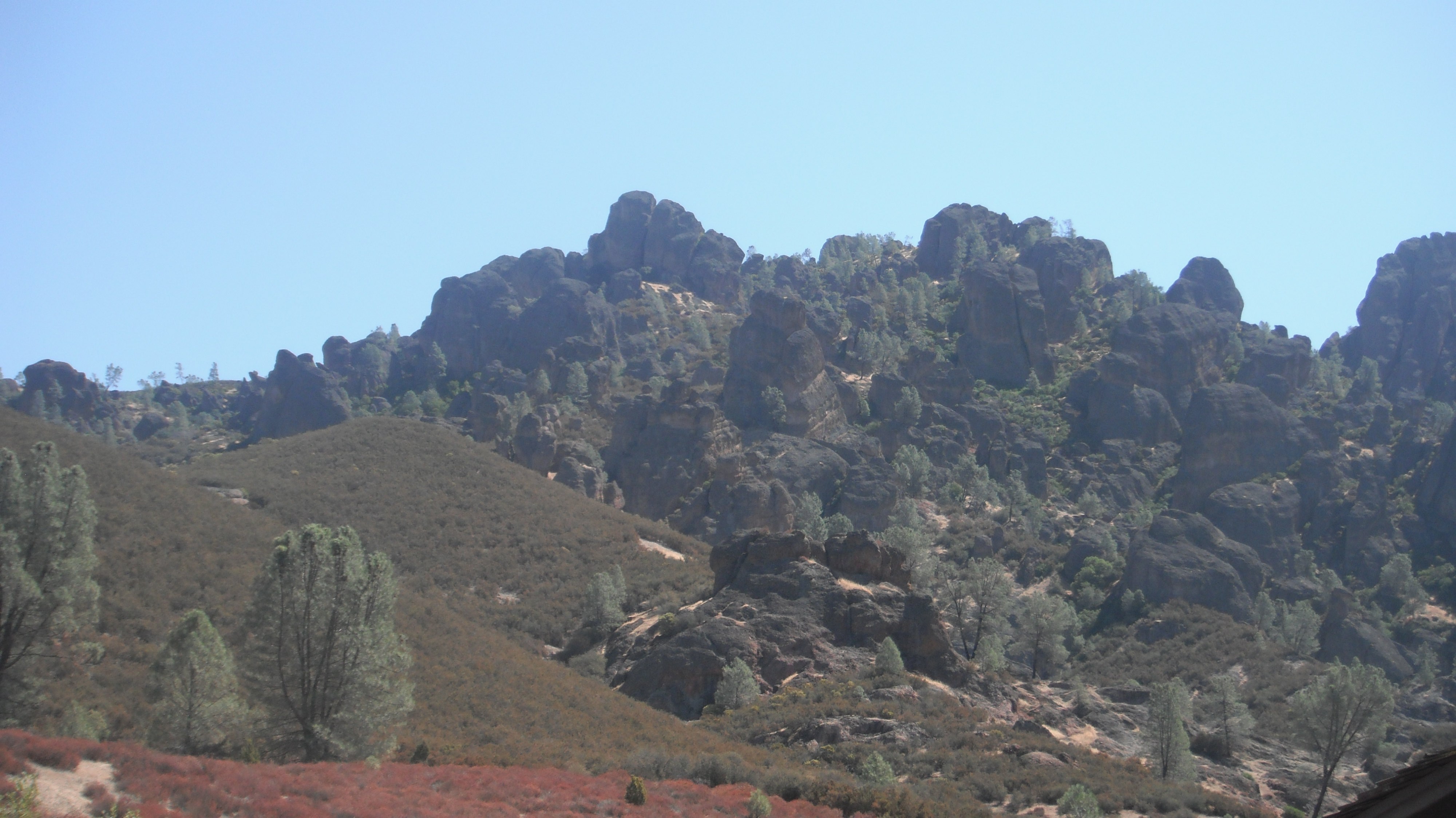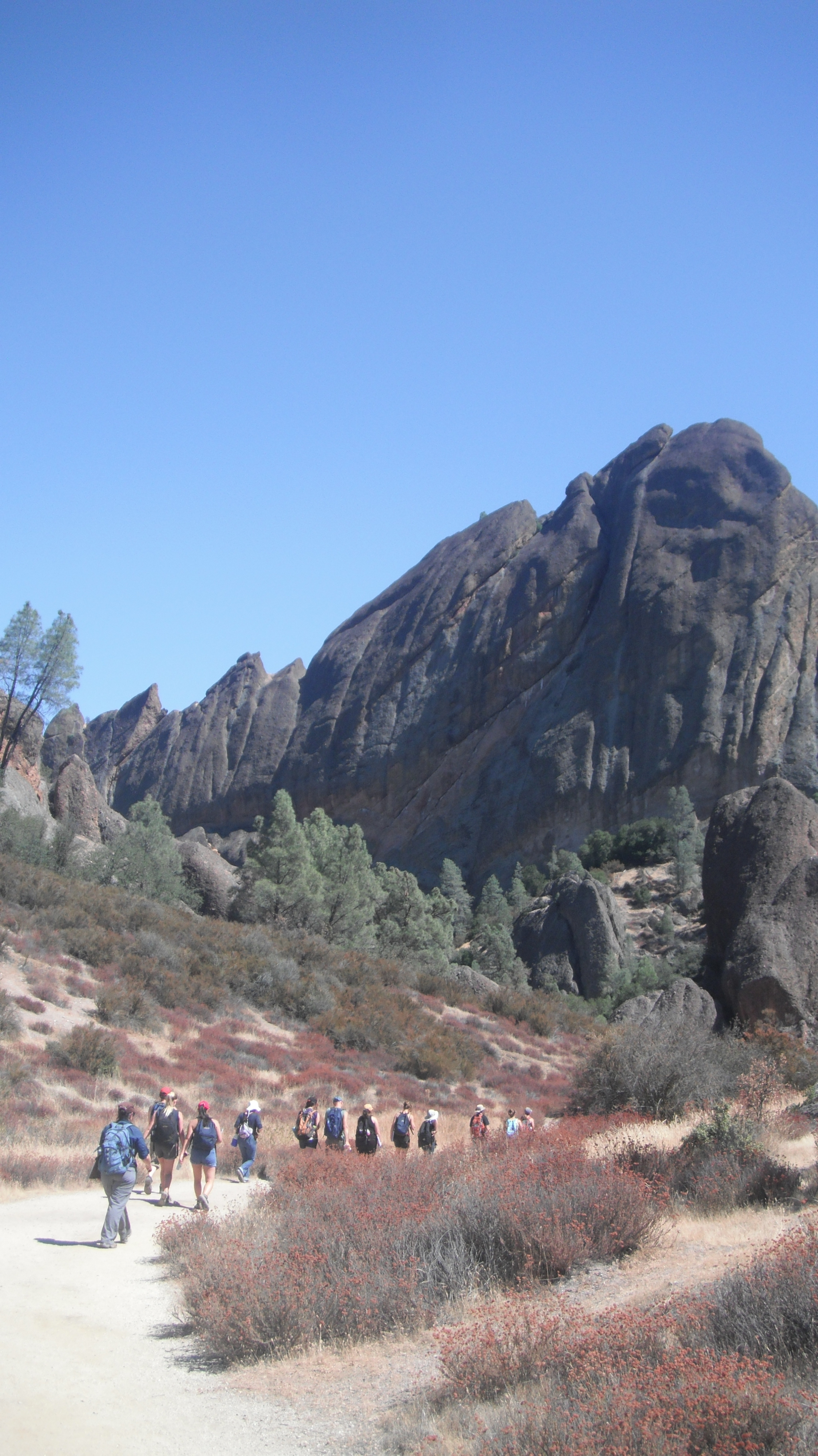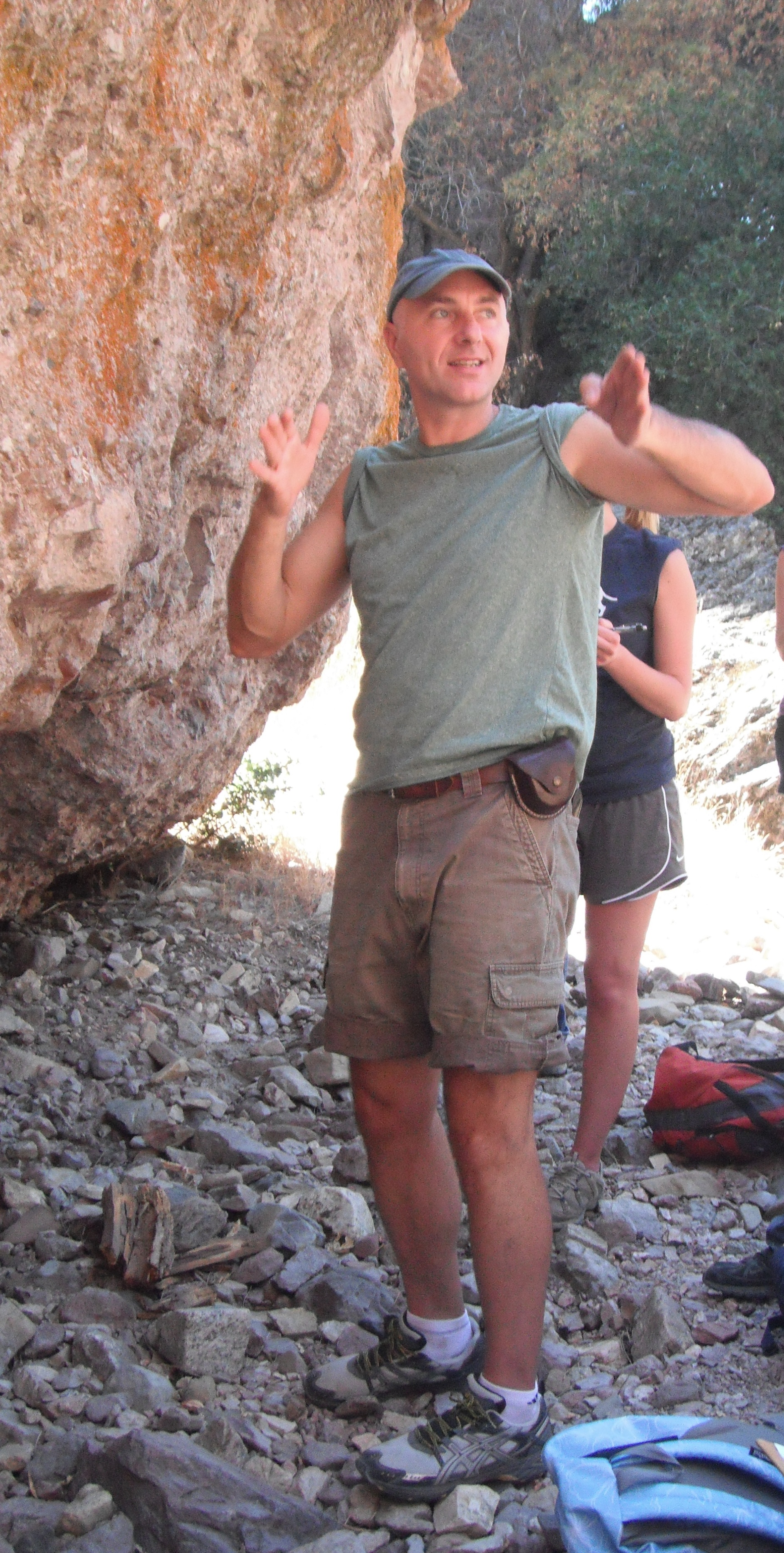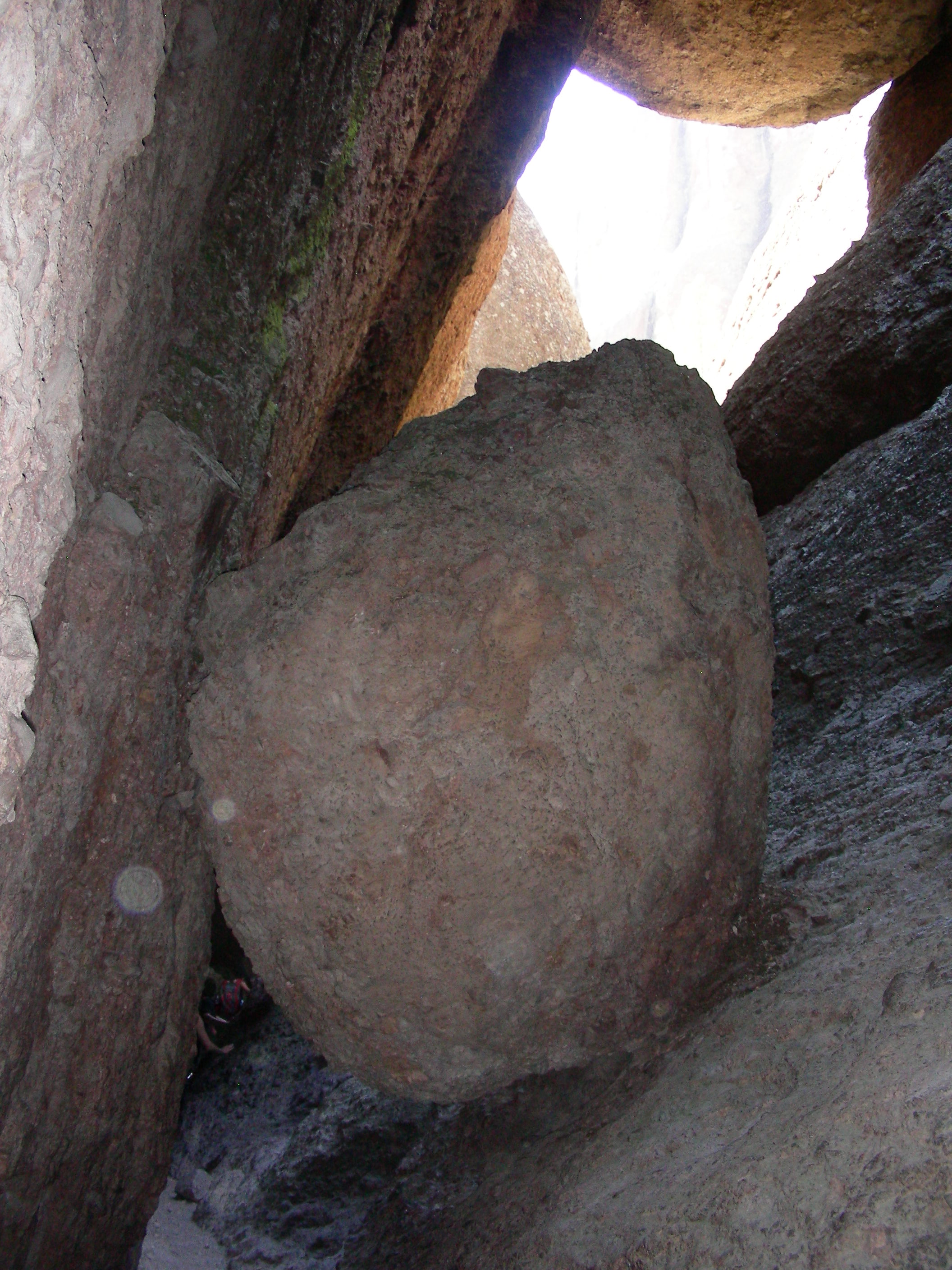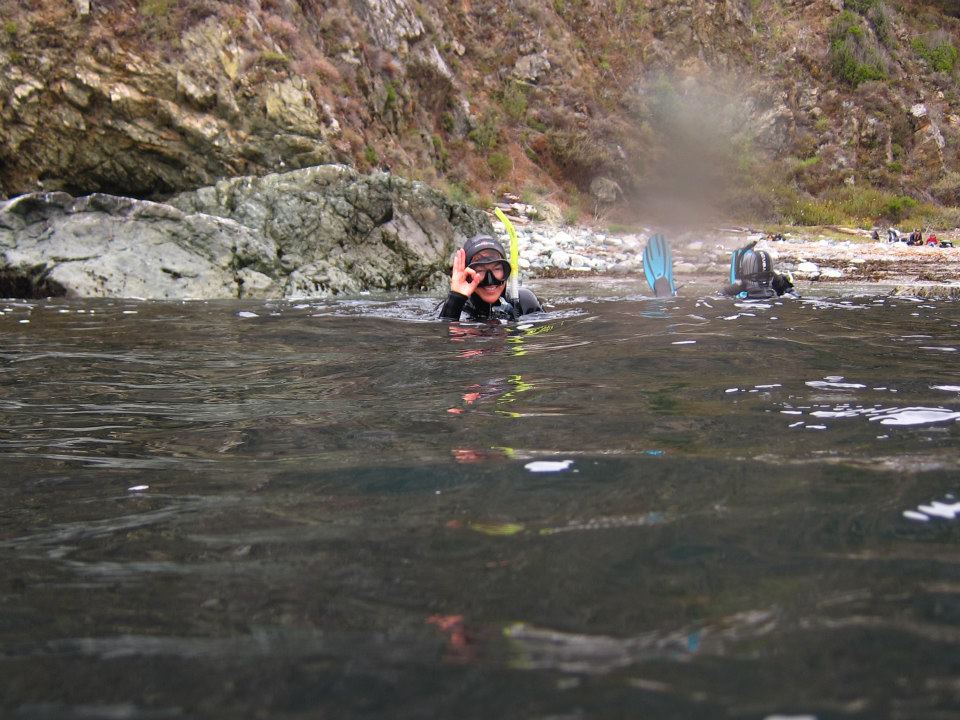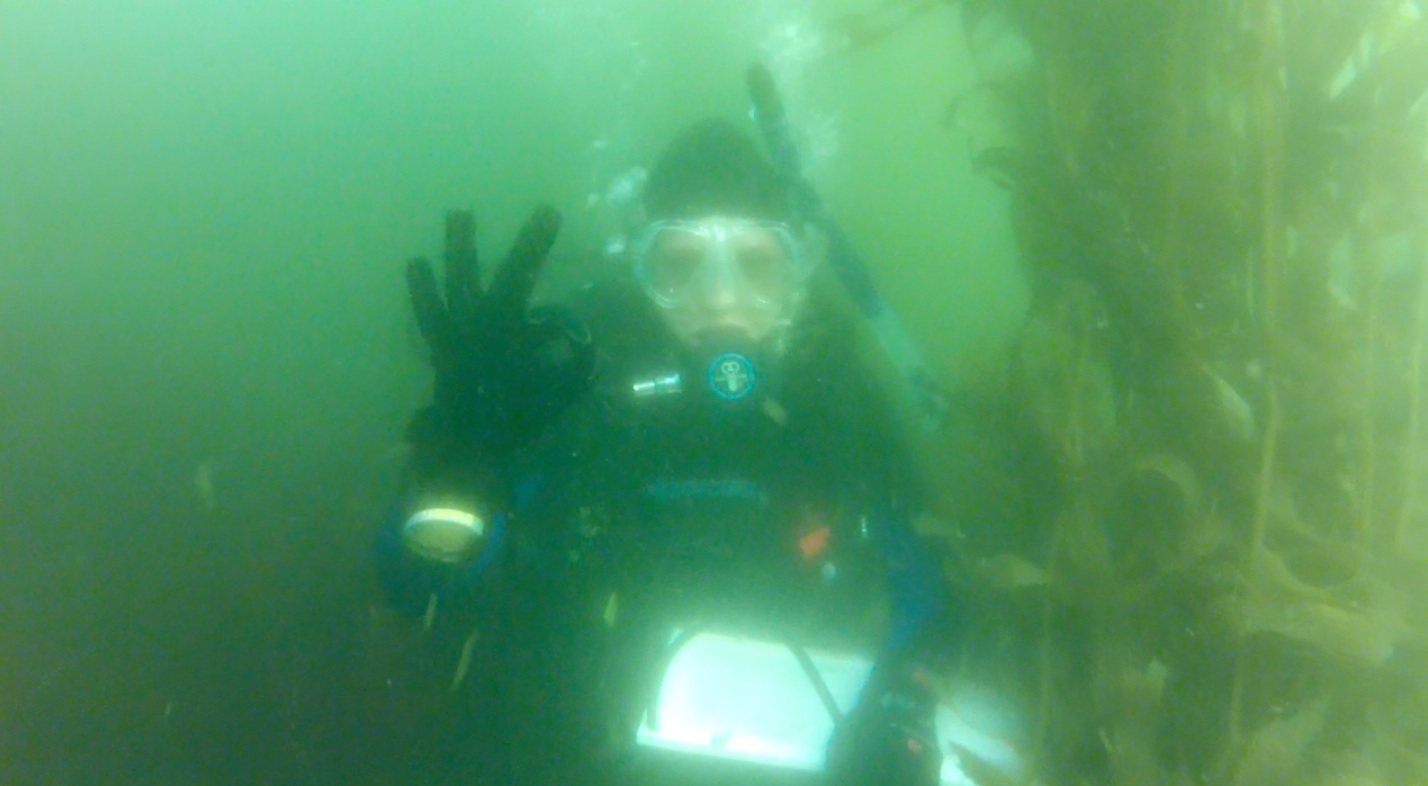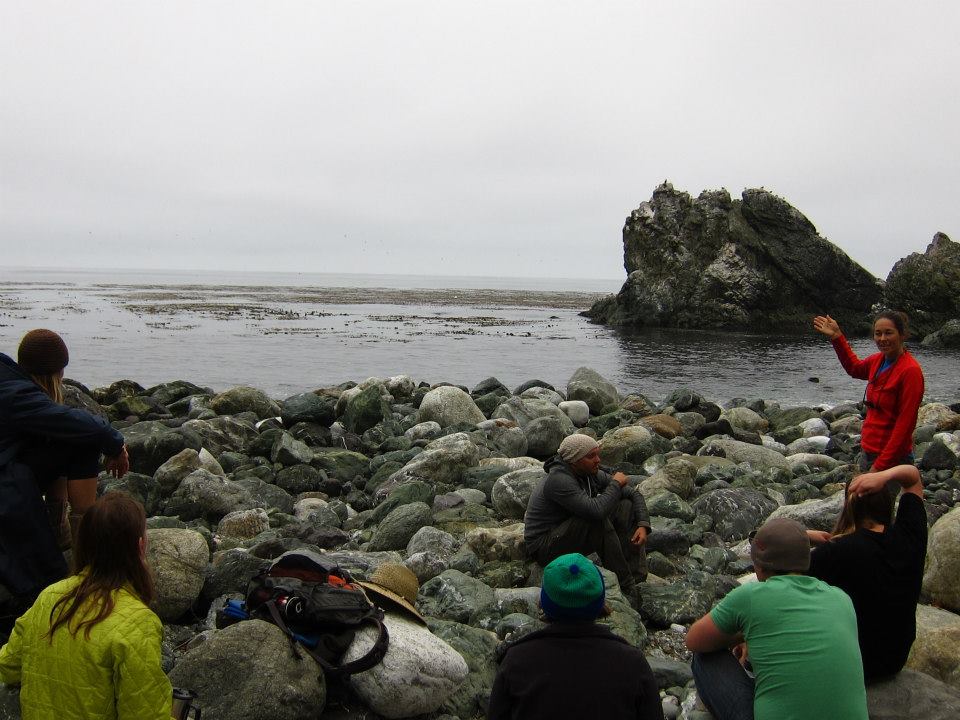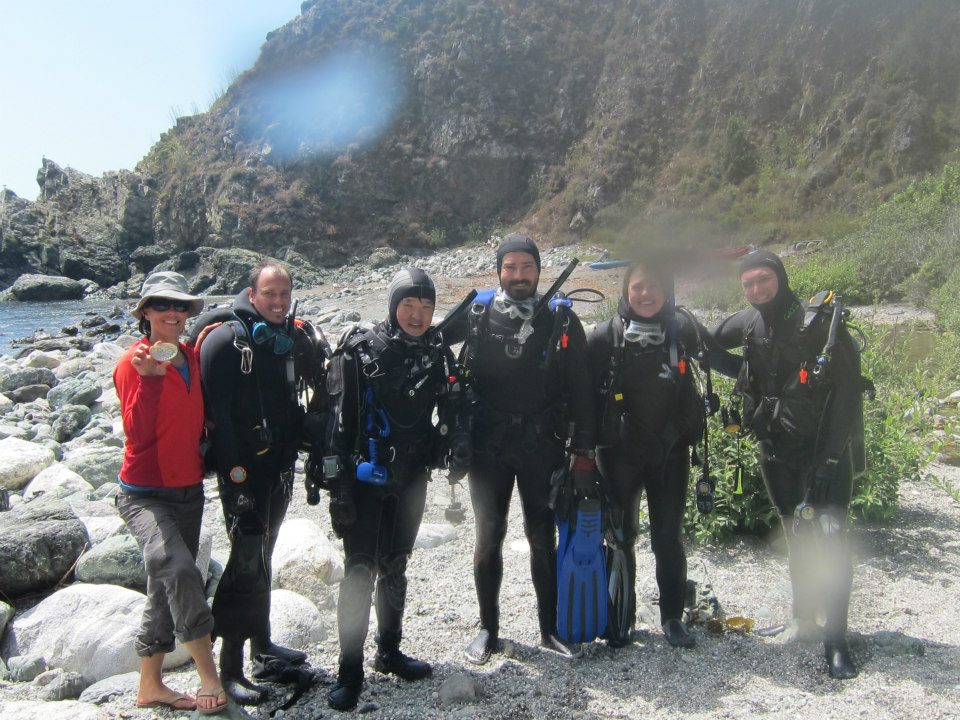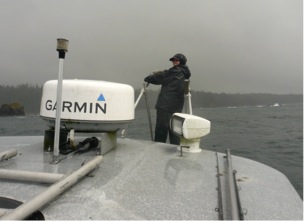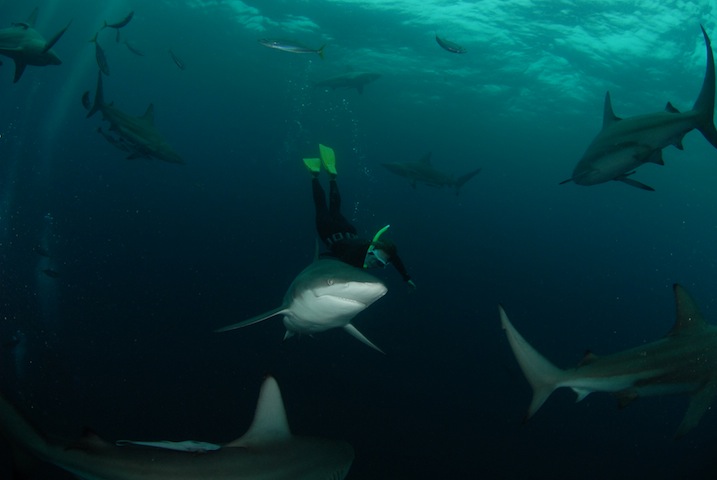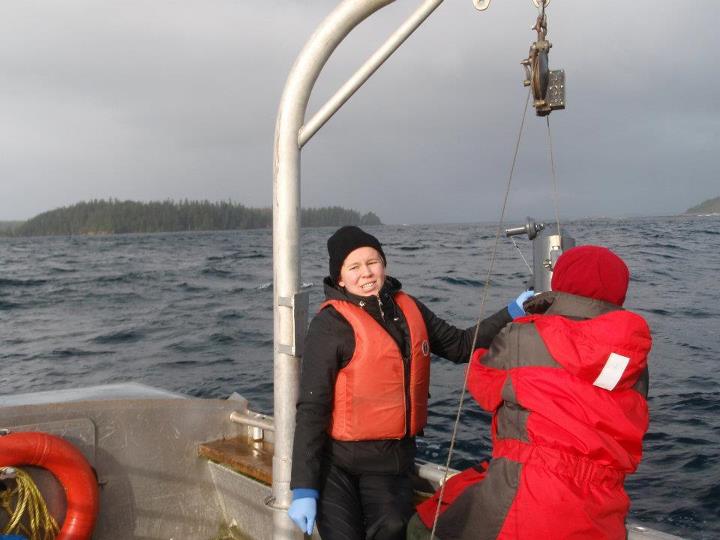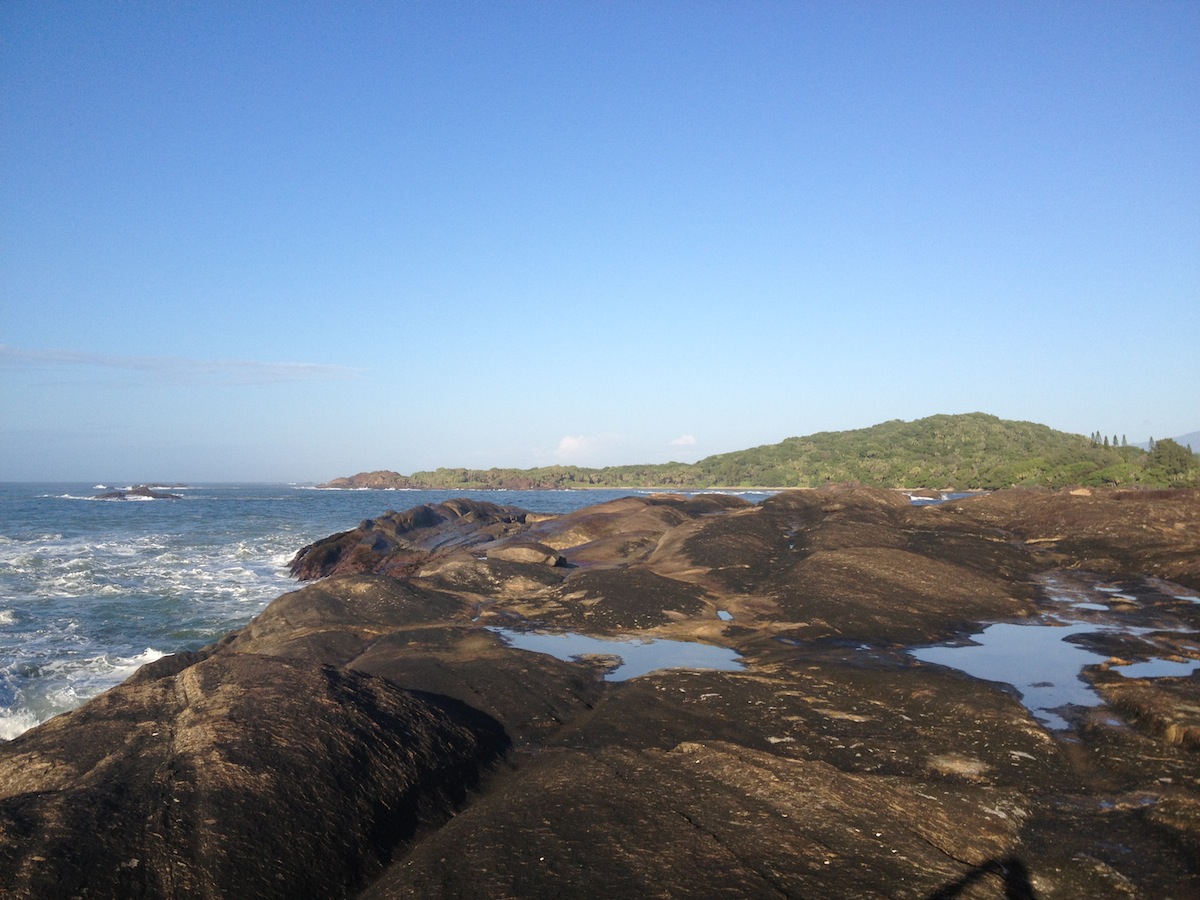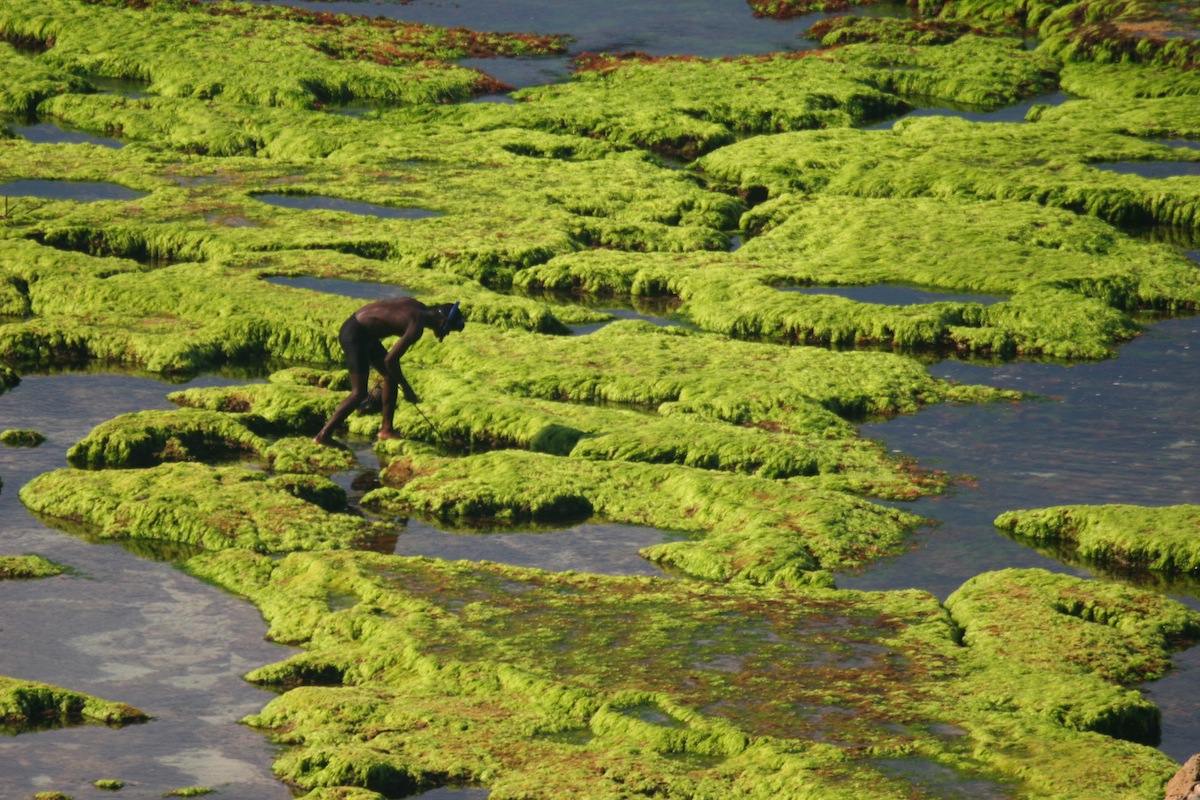By Amanda Kahn
In a previous post, entitled "Do sponges have the nerve to eat?", Mr. Singer Singh asked the following question:
"It is found that sponges tend to show different behaviors when exposed to certain stimuli such as touch, air and poison it result in closure of osculum and pores. but then how those response is possible with out any brain or nerves?"
I didn't have all of the background to answer his question, so I forwarded it to Nathan Farrar, a graduate student at the University of Alberta who studies just such behaviors in sponges. Check out his post below:
Sponge Behavior and the Emergence of Neural Systems
by Nathan Farrar, University of Alberta
This is a very interesting question, in fact, likely one of the more interesting in sponge physiology. It is of course quite true that despite histological searches for nerve or neural-like tissue in sponges, the absence of such tissue is bona fide. It is also true that sponges exhibit coordinated behaviors in response to diverse stimuli. For example, Ephydatia muelleri and Spongilla lacustrus, both demosponges, generate an “inflation-contraction”-type behavior. While a video is worth a thousand words, imagine looking down on a sponge in such a way that the canal system is visible. During the inflation period, the canals throughout the animal ‘inflate’ allowing the canal system to be engorged with water. During the contraction phrase, as the name suggests, the canal system is contracted exerting force on the water in the channels thereby forcing it out of the canal system through the osculum (i.e., the vent from which filtered water passes from the animal). This coordinated behavior serves to flush the canal system of any accumulating debris or toxins, but as the questioner notes can also be triggered by mechanical force. (See a video of the inflation-contraction response here, http://jeb.biologists.org/content/210/21/3736/suppl/DC1)
So, in short, the facts of the question are entirely correct, but how is this response is generated, anticlimactic as it may be, is unknown. A few ways through which behaviors can be coordinated in an organism are via electrical signaling, chemical signaling and mechanical coupling. I’ll comment here on the first two: There is one known example of electrical signaling in the form of an action potential in the syncytial glass sponge (Class Hexactinellida), however, the response involved is the arresting of the feeding current, rather than a whole body response as is the case with the “inflation-contraction” response described above. With respect to chemical signaling, the amino acid L-glutamate has been shown to trigger the “inflation-contraction” response in Ephydatia muelleri in a dose-dependent manner. Interestingly, in Ephydatia, GABA acts antagonistically with glutamate to suppress the response. Now, this is curious because glutamate and GABA are major excitatory and inhibitory neurotransmitters, respectively, in animal nervous systems. Other molecules classically thought of in terms of neurotransmission have also been described in sponges including, serotonin, acetylcholine, epinephrine, norepinephrine, and nitric oxide. Furthermore, a set of proteins collectively known as post-synaptic density proteins, named for their clustering in neurons, have also been shown to be present in sponges. What role(s), if any, these other molecules play in coordinating sponge behaviors is unknown. Furthermore, how glutamate triggers and “inflation-contraction” response, or how GABA inhibits it is unknown. One hypothesis is that a calcium wave is initiated by glutamate which spreads across the sponge body serving as a coordinating signal for the behavior.
If we consider these facts for a moment we realize there are some interesting evolutionary implications. Here are a group of animals with no nerves or muscle, yet able to sense their environment and initiate coordinated body responses. Yet, they also possess a set of “neural” proteins. While these observations are compatible with more than one hypothesis, one certainly worth examining is that sponges resemble animals situated at the edge of acquiring what we would recognize as a primitive nervous system.
Further reading:
On coordinated behavior in sponges, see Leys, S.P., Meech, R.W. (2006). Physiology of Coordination in Sponges. Can J Zool. 84: 288-306.
On sponges and the emergence of neural systems, see Renard, E., Vacelet, J., Gazave, E., Lapebie, P., Borchiellini, C., Ereskovsky, A.V. (2009). Origin of the neuro-sensory system: new and expected insights from sponges. Int Zool. 4: 294-308.
And, Nickel, M. (2010). Evolutionary emergence of synaptic nervous systems: what can we learn from the non-synaptic, nerveless Porifera? Invert Biol. 129: 1-16.
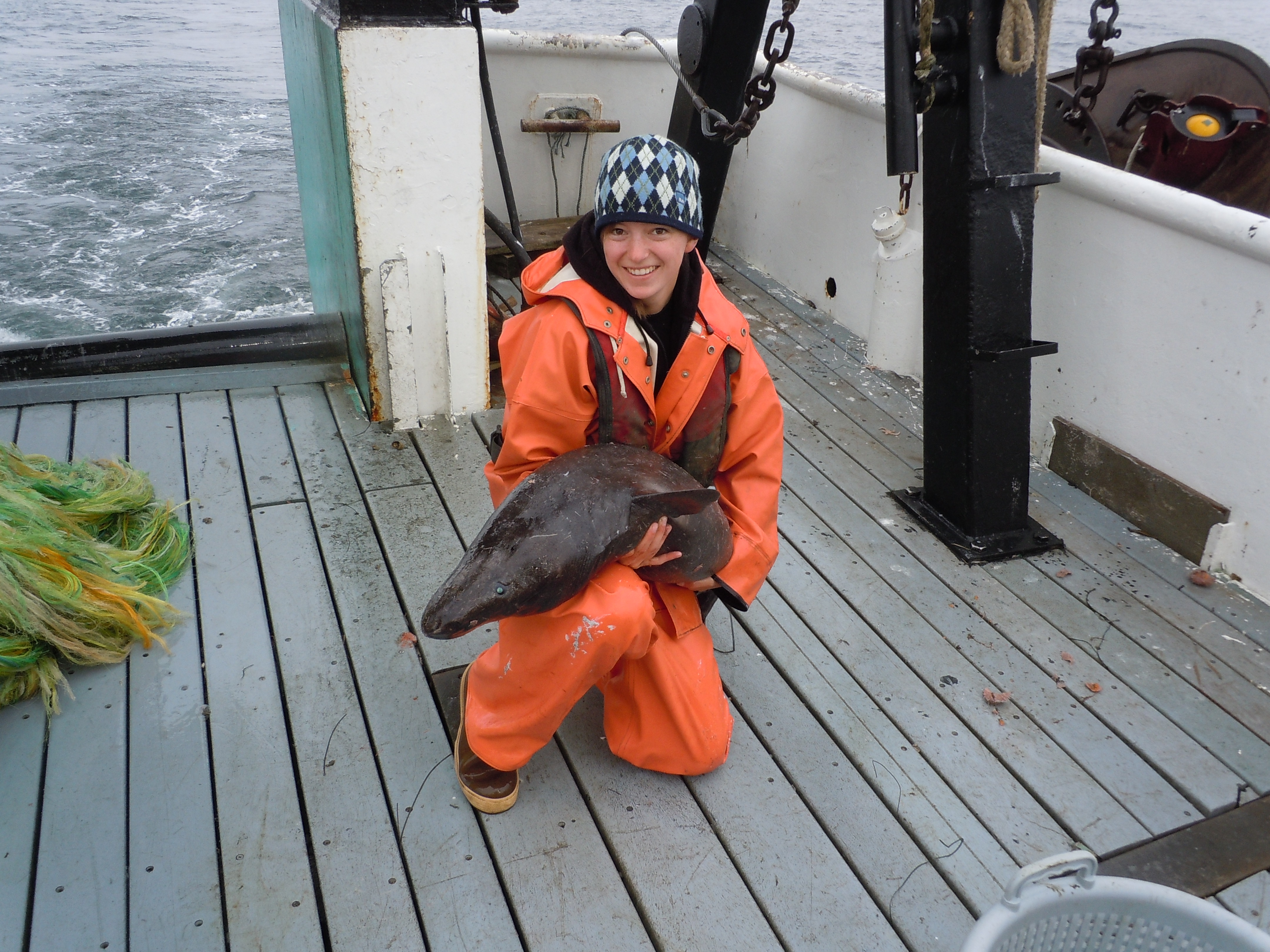 By Kelley Andrews, Pacific Shark Research Center
By Kelley Andrews, Pacific Shark Research Center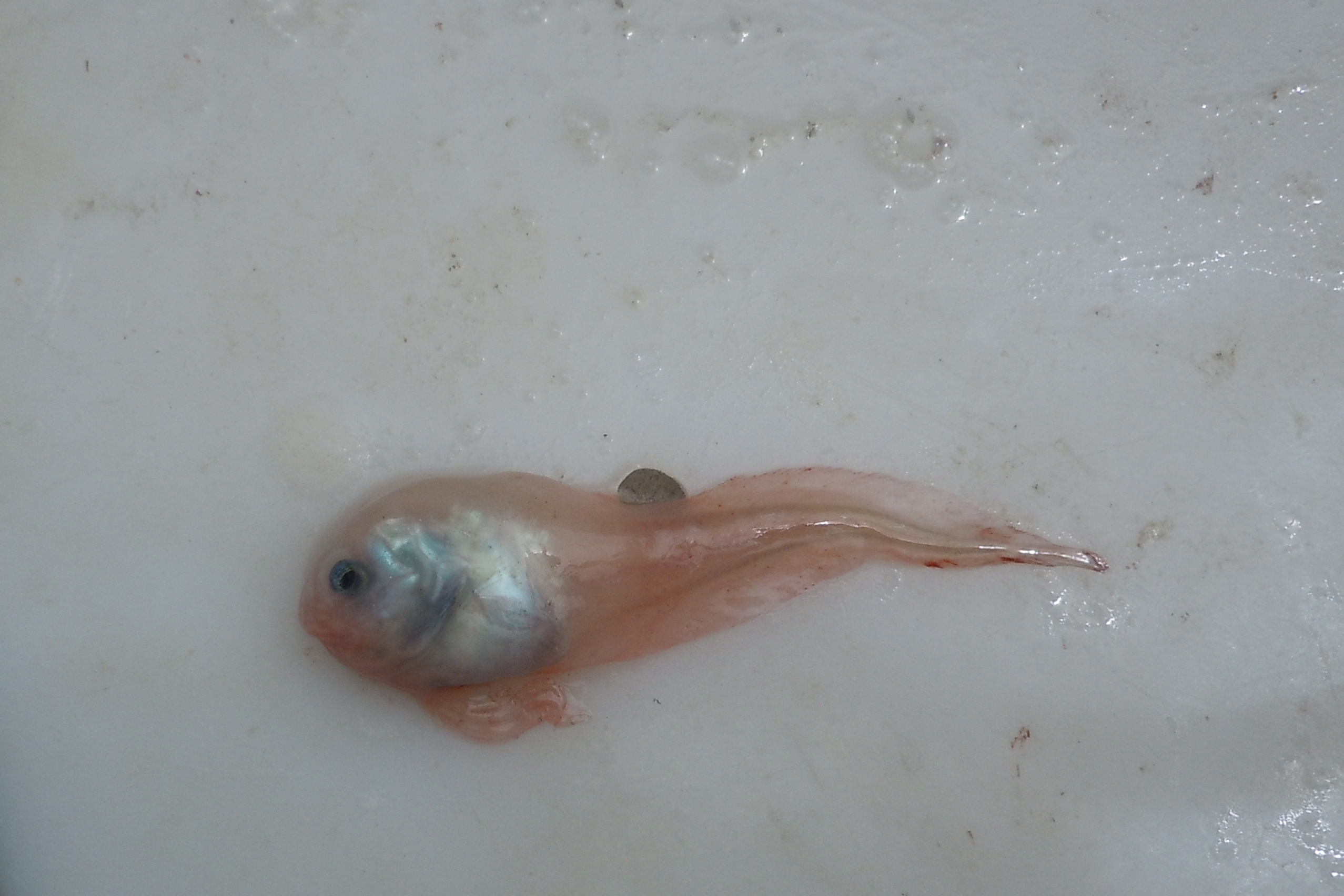


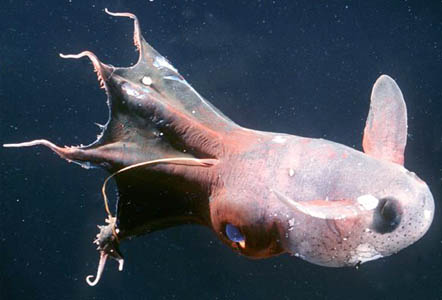
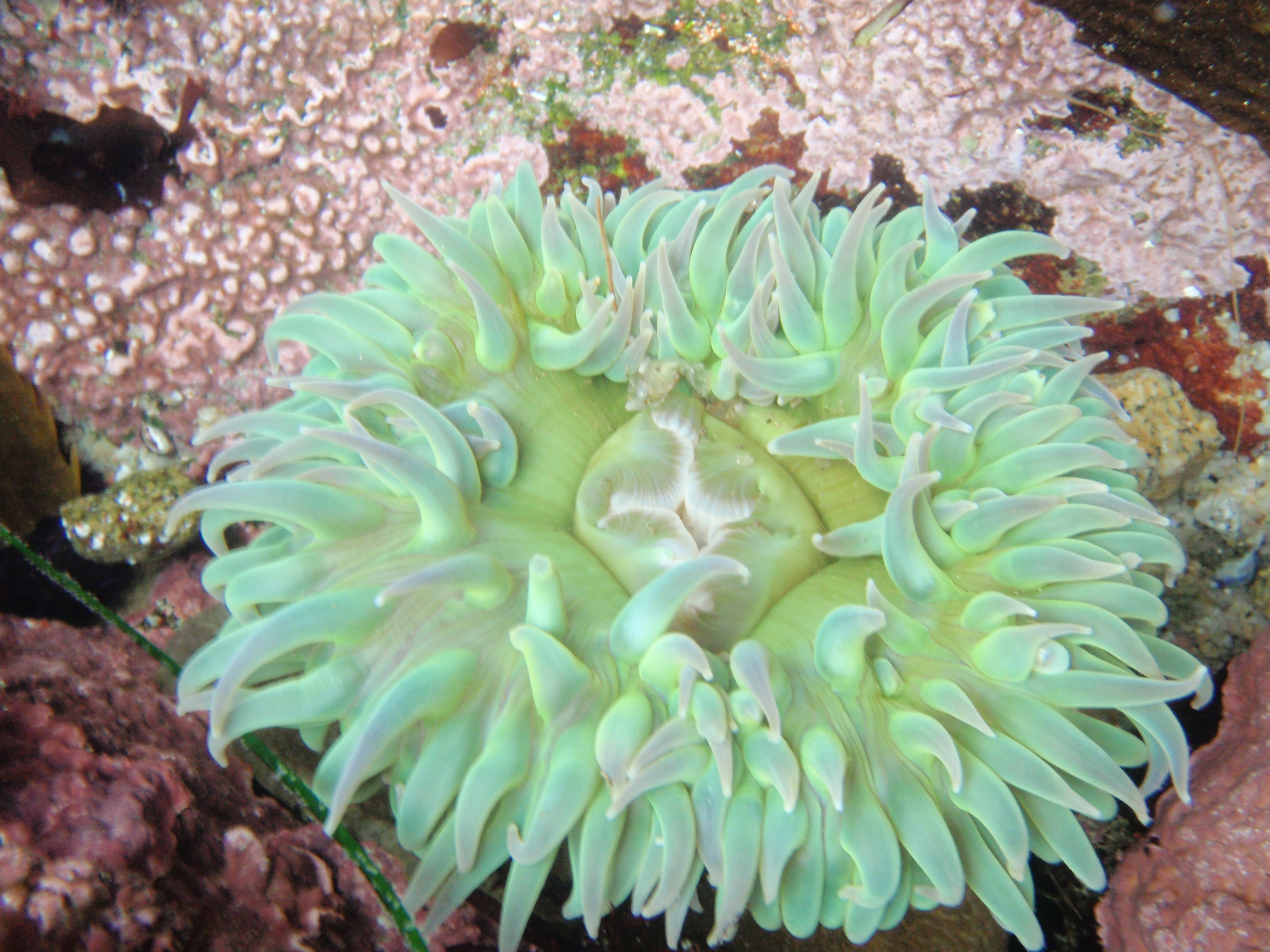 Ever wonder why you see some anemones in groups and some alone in tide pools? Sea anemones can reproduce in two different ways, asexually and sexually. Anemones are broadcast-spawners meaning that they release eggs and sperm into the water column for fertilization. However if you're an anemone that has settled onto a nice barren rock and don't have time to reproduce, but you want to prevent other anemones from taking over that rock you claimed, what do you? You split yourself through........ FISSION! This is asexual reproduction, where the anemone splits itself and creates another one of itself of the exact same genetic material.
Ever wonder why you see some anemones in groups and some alone in tide pools? Sea anemones can reproduce in two different ways, asexually and sexually. Anemones are broadcast-spawners meaning that they release eggs and sperm into the water column for fertilization. However if you're an anemone that has settled onto a nice barren rock and don't have time to reproduce, but you want to prevent other anemones from taking over that rock you claimed, what do you? You split yourself through........ FISSION! This is asexual reproduction, where the anemone splits itself and creates another one of itself of the exact same genetic material.